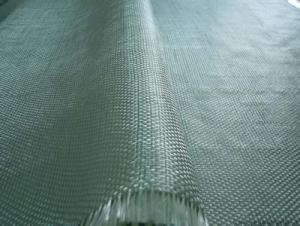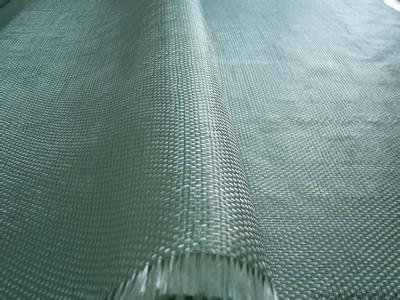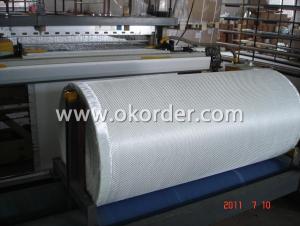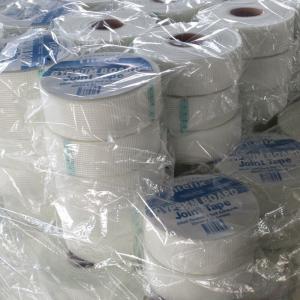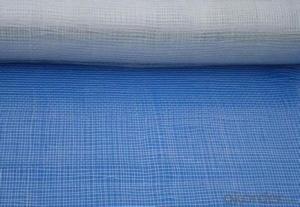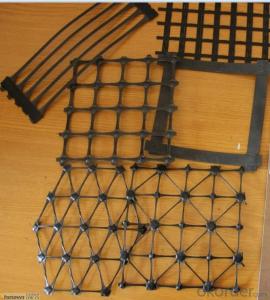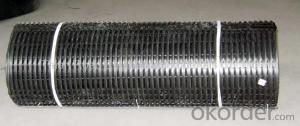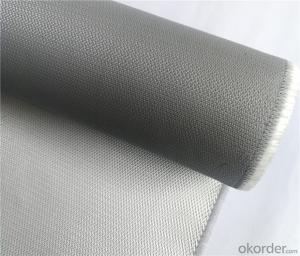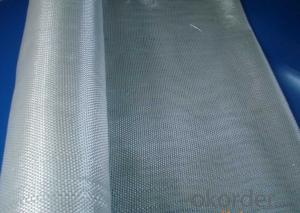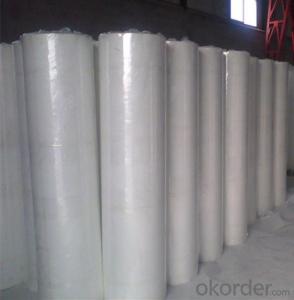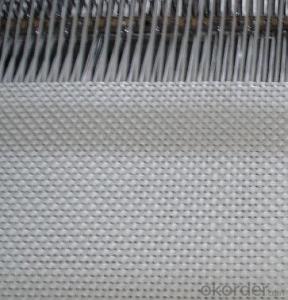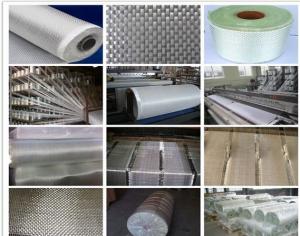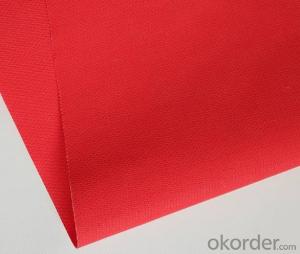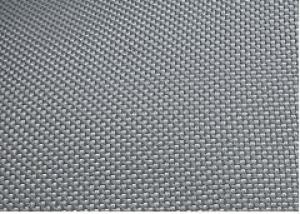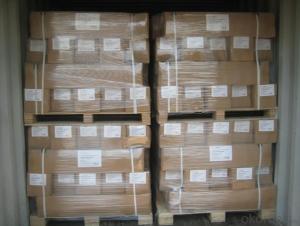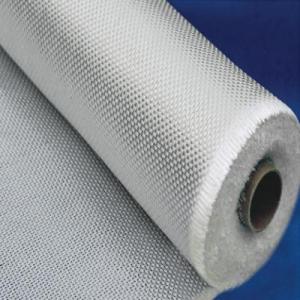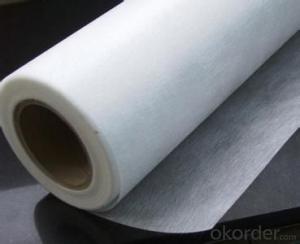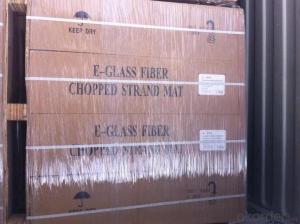Fire-Resistant Non Woven Fiberglass Fabric Fireglass
- Loading Port:
- China Main Port
- Payment Terms:
- TT OR LC
- Min Order Qty:
- -
- Supply Capability:
- -
OKorder Service Pledge
OKorder Financial Service
You Might Also Like
100% Fiberglass Fire Blanket
1. Name: fire blanket
————————————————————————————————————————————————————
2. Material: 100% fiberglass
————————————————————————————————————————————————————
3. MOQ: 100pcs
————————————————————————————————————————————————————
4. Package: PVC hard box or PVC soft bag. 20-50pcs/carton. Carton size: 51cm*31cm*35cm
————————————————————————————————————————————————————
5. Specification
Size: 0.9m*0.9m,1m*1m, 1.2m*1.2m, 1.5m*1.5m, 1.8m*1.8m, 1.2m*1.5m, 1.5m*1.8m ,3m* 3m, etc
fire blanket in rolls: 1m x 30m, 1m x 50m, etc
Thickness: 0.43mm, 0.6mm, 0.8mm, 1.0mm
We also can produce different size and color according to customers requirements
————————————————————————————————————————————————————
6. Fire blanket is a simple and convenient fire-control instrument outfitted for enterprises, stores, vessels, autos and civil buildings, and especially useful in household kitchens, hotels, recreational facilities and gas stations to block the fire spreading and provide shield for the safe evacuation.
————————————————————————————————————————————————————
7. Having been specially treated, it is a type of fiberglass twill texture which is as soft and compact as satin with its thickness of 0.43mm, and is an most ideal and effective outer protective layer which can be used to wrap the objects with the rough surface and reused for several times when it is in good condition.
- Q: What is the chemical resistance of fiberglass fabric?
- The composition and structure of fiberglass fabric contribute to its excellent chemical resistance. This fabric is made up of woven strands of glass fibers that possess high resistance to a variety of chemicals, including acids, bases, solvents, and oils. The main reason for this resistance is the inherent inertness of glass, which prevents it from reacting with most chemicals. Moreover, fiberglass fabric can be further enhanced in terms of its chemical resistance through the application of coatings or treatments. These additional layers or processes offer extra protection against specific chemicals or environments, expanding the range of applications for fiberglass fabric. It should be noted, however, that while fiberglass fabric generally withstands chemicals well, there may still be exceptions. Certain highly corrosive or reactive chemicals can still cause degradation or damage to the fabric over time. Therefore, it is always advisable to consult the specific chemical resistance chart or follow the manufacturer's recommendations for the particular fiberglass fabric being used, ensuring its compatibility with the intended chemical environment.
- Q: Are fiberglass fabrics suitable for use in the telecommunications industry?
- Yes, fiberglass fabrics are suitable for use in the telecommunications industry. They offer excellent electrical insulation properties, are lightweight, durable, and resistant to corrosion, making them ideal for various applications such as insulation, cable management, and antenna construction.
- Q: Can fiberglass fabric be used for reinforcement in food processing tanks?
- Using fiberglass fabric for reinforcement in food processing tanks is not recommended. This is due to the presence of small fibers in fiberglass that can detach and contaminate the food products. Consumption of these fibers can be unsafe and may pose health risks. Thus, it is crucial to utilize food-grade materials that are specially designed for food processing tanks in order to guarantee the safety and quality of the processed food items.
- Q: How do fiberglass fabrics perform in terms of stretch or elasticity?
- Fiberglass fabrics do not possess significant stretch or elasticity compared to other fabrics. Due to their composition of glass fibers, they tend to be rigid and stiff. This lack of stretch or elasticity makes fiberglass fabrics ideal for applications where dimensional stability and resistance to stretching are desired, such as in the construction industry for reinforcing materials or in the manufacturing of composites. However, if stretch or elasticity is a requirement for a specific application, other fabric options like spandex or elastane would be more suitable.
- Q: How is fiberglass fabric used in the environmental industry?
- Fiberglass fabric is widely used in the environmental industry for various applications due to its unique properties and benefits. One of the primary uses of fiberglass fabric in this industry is for air filtration systems. The fabric's high strength and durability make it an ideal material for manufacturing air filters that can effectively trap and remove particles, pollutants, and contaminants from the air. Additionally, fiberglass fabric is used in the construction of wastewater treatment plants and water filtration systems. Its corrosion resistance, non-reactivity with chemicals, and excellent tensile strength make it suitable for manufacturing pipes, tanks, and other components that are exposed to harsh chemicals or corrosive environments. Fiberglass fabric is also used as a reinforcement material in the construction of water tanks and reservoirs, ensuring their structural integrity and preventing leaks or damages. Furthermore, fiberglass fabric finds application in the environmental industry for the manufacturing of geotextiles. Geotextiles are used in various environmental projects such as erosion control, soil stabilization, and land reclamation. The fabric's high porosity and permeability allow water to pass through while retaining soil particles, preventing erosion and maintaining stability in the soil. Moreover, fiberglass fabric is employed in the production of insulation materials used in the construction of green buildings and energy-efficient structures. The fabric's excellent thermal insulation properties help in reducing energy consumption by preventing heat transfer through walls, roofs, and other building components. Overall, fiberglass fabric plays a significant role in the environmental industry by providing solutions for air and water filtration, erosion control, insulation, and corrosion-resistant infrastructure. Its versatility, durability, and eco-friendly nature make it a preferred choice for several environmental applications.
- Q: What is the difference between woven and non-woven fiberglass fabric?
- Woven and non-woven fiberglass fabrics share a common origin in fiberglass fibers, yet they vary in terms of their construction and characteristics. Woven fiberglass fabric is produced by interlacing individual fiberglass strands in a crosshatch pattern to create a resilient and robust fabric. This weaving process yields a fabric with a consistent and uniform appearance akin to conventional textiles. Woven fiberglass fabrics are recognized for their durability, pliability, and exceptional dimensional stability. They are commonly employed in applications that necessitate high tensile strength, such as reinforcing materials for composite structures, boat construction, the aerospace industry, and automotive components. Conversely, non-woven fiberglass fabric is fashioned by fusing or matting the fiberglass fibers together using diverse techniques, such as needle punching or chemical bonding. Unlike woven fabrics, non-woven fiberglass fabrics lack a regular weave pattern and may exhibit a more arbitrary fiber orientation. This construction method confers distinct properties upon non-woven fiberglass fabrics, including high absorbency, thermal insulation, and filtration capabilities. Due to their structure, non-woven fiberglass fabrics are frequently utilized in insulation materials, filtration media, soundproofing, and as roofing material reinforcement. In essence, the primary distinction between woven and non-woven fiberglass fabrics resides in their construction and resultant properties. Woven fabrics provide strength, stability, and flexibility, rendering them suitable for structural applications, whereas non-woven fabrics deliver absorbency, insulation, and filtration properties, making them ideal for applications that necessitate these specific characteristics.
- Q: What is the lifespan of fiberglass fabric?
- The lifespan of fiberglass fabric can vary depending on factors such as its quality, usage, and maintenance. However, on average, fiberglass fabric can last anywhere from 10 to 30 years with proper care and handling.
- Q: Can fiberglass fabric be used for making air ducts?
- Yes, fiberglass fabric can be used for making air ducts. Fiberglass fabric is a versatile material that is commonly used in various industries, including HVAC. It offers several advantages for air duct applications. Firstly, fiberglass fabric is lightweight, which makes it easier to handle and install in comparison to other materials such as sheet metal. This can lead to faster and more cost-effective installation processes. Secondly, fiberglass fabric is non-porous, which means it is resistant to moisture, mold, and mildew. This is particularly important in air ducts as it helps to maintain indoor air quality by preventing the growth of harmful bacteria and fungi. Additionally, fiberglass fabric has excellent thermal insulation properties. It can effectively retain heat or cold air, which helps to improve energy efficiency by reducing heat transfer and minimizing energy losses. Moreover, fiberglass fabric is also known for its fire-resistant properties, making it a safe choice for air duct applications. It has a high melting point and does not emit toxic gases when exposed to fire, which can be crucial in ensuring the safety of the occupants in case of a fire incident. Lastly, fiberglass fabric is flexible and can be easily molded and shaped to fit different duct configurations, including bends and turns. This flexibility allows for easy customization and adaptation to various building layouts. Overall, fiberglass fabric is a suitable material for making air ducts due to its lightweight, non-porous, thermal insulation, fire-resistant, and flexible properties. However, it is important to ensure that the fiberglass fabric used for air ducts meets the necessary industry standards and regulations to ensure proper performance and safety.
- Q: Does fiberglass fabric shrink?
- Under certain conditions, fiberglass fabric has the ability to shrink. Fiberglass fabric is composed of glass fibers that are either woven or knitted and then coated with a resin or silicone finish. Although the glass fibers themselves do not shrink, the coating on the fabric can experience shrinkage when exposed to heat or other influencing elements. When fiberglass fabric is subjected to high temperatures, such as during manufacturing or exposure to excessive heat, the resin or silicone coating may either melt or shrink. As a result, the fabric can contract and decrease in size. Moreover, if the fabric is not adequately cured or dried after being coated, it may also shrink. It is worth noting that the extent of shrinkage in fiberglass fabric can vary based on the specific type of coating, the manufacturing procedure, and the conditions it is exposed to. Therefore, it is advisable to diligently adhere to the manufacturer's instructions and guidelines to prevent any potential shrinkage. To sum up, while the glass fibers in fiberglass fabric remain unaffected by shrinkage, the coating on the fabric can experience some shrinkage when subjected to heat or other factors.
- Q: Glass fiber cloth, heat conduction double sided adhesive tape and no material heat conduction double sided adhesive tape difference? Which is better?
- Fiberglass cloth thermal double-sided tape (www.glpoly ): it is made of glass fiber cloth, PET, PVC film, non-woven material, double-sided evenly coated elastomer pressure-sensitive adhesive or resin adhesive, acrylic pressure-sensitive adhesive, adhesive made in the substrate roll or sheet belt, is composed of a substrate, adhesive, isolation of paper (film) parts.
Send your message to us
Fire-Resistant Non Woven Fiberglass Fabric Fireglass
- Loading Port:
- China Main Port
- Payment Terms:
- TT OR LC
- Min Order Qty:
- -
- Supply Capability:
- -
OKorder Service Pledge
OKorder Financial Service
Similar products
Hot products
Hot Searches
Related keywords
